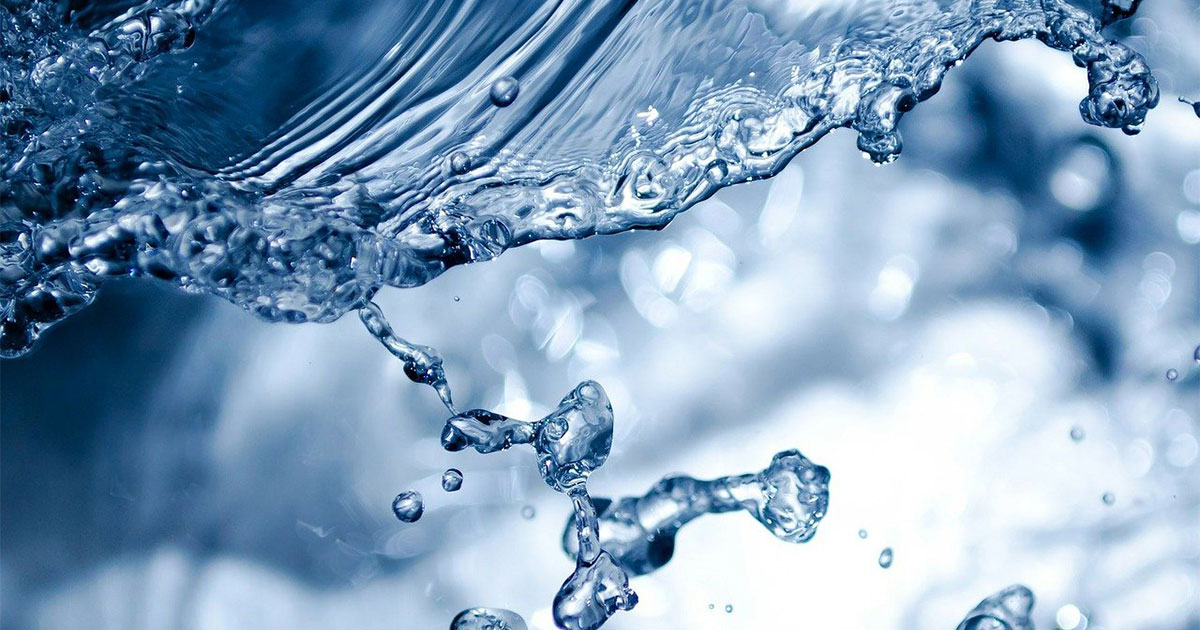
The ability to transform salty, contaminated or otherwise unusable water into safe, clean sources at large, economical scales would be a boon to water sustainability everywhere. But technical and cost issues are immense, so much that the Department of Energy recently established a $110 million funding initiative toward improving and scaling up water purification and desalination technologies.
Tiezheng Tong, an assistant professor in Colorado State University’s Department of Civil and Environmental Engineering, is a leading expert in the use of membrane technologies to treat unconventional water resources, such as seawater, brackish water and wastewater.
Now, Tong and colleagues have launched an ambitious project, supported by the DOE’s National Alliance for Water Innovation, to develop a low-cost, low-energy approach to one of the most technically challenging steps in highly contaminated water treatment processing. Tong, along with a team of engineers at Vanderbilt University and CSU, are tackling the issue of “brine management,” or the sustainable treatment of high-salinity byproducts left over after water purification processes like reverse osmosis are performed.
The goal of the CSU/Vanderbilt project is to develop a new, cost-effective brine concentration technology that uses the principle of electrodialysis, rather than mechanical vapor compression, for treating and crystallizing hyper-saline brines.
Tong’s team at CSU, which includes Associate Professor Todd Bandhauer and Associate Professor Jason Quinn in the Department of Mechanical Engineering, as well as graduate students in both departments, are collaborators on the project led by researchers at Vanderbilt University. The CSU team is sharing in the approximately $1 million federal grant aimed at critical improvements to an innovative brine concentration and crystallization process that could substantially out-perform existing industrial processes and pave the way for more sustainable water reuse.
Reverse osmosis is a widely used water purification technology that employs a membrane to push water through and separate out unwanted contaminants. But the technology has its limitations: It can only concentrate brine to a certain level (currently about 70,000 milligrams per liter total dissolved solid). It leaves behind a salty, hazardous brine that must then be managed properly. Existing processes for treating hyper-saline brines, such as mechanical vapor compression, are very energy intensive with high up-front capital costs.
Tong’s role in the project will be to control membrane scaling and fouling, a problem that he has been working on since joining the CSU faculty in 2017, in order to maintain the efficiency of the novel membrane crystallization process. Bandhauer will perform technoeconomic analysis of the technology, and Quinn will provide expertise in life cycle assessment of the entire system. The group is also working with an industry partner, Black & Veatch, an engineering and construction company.